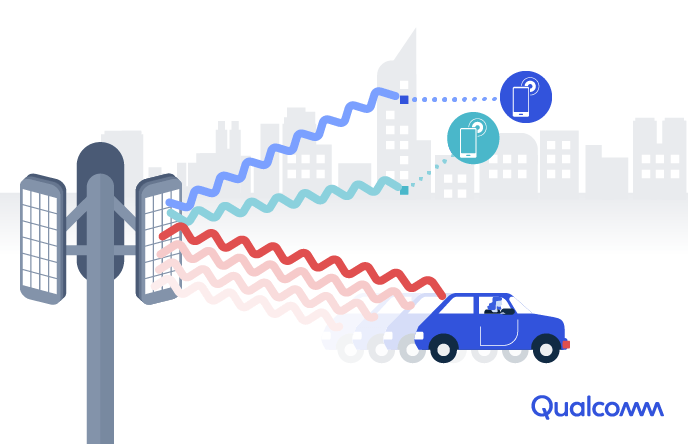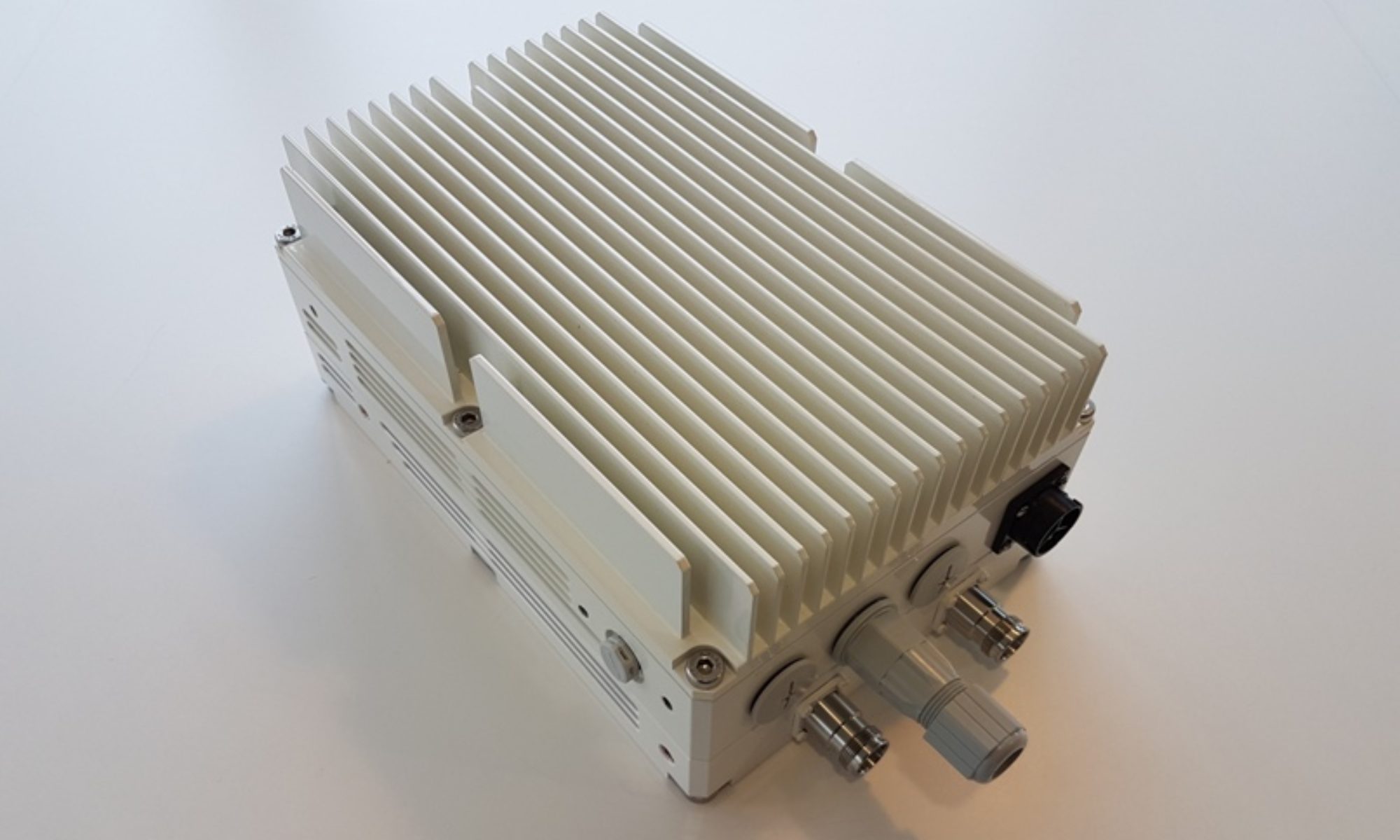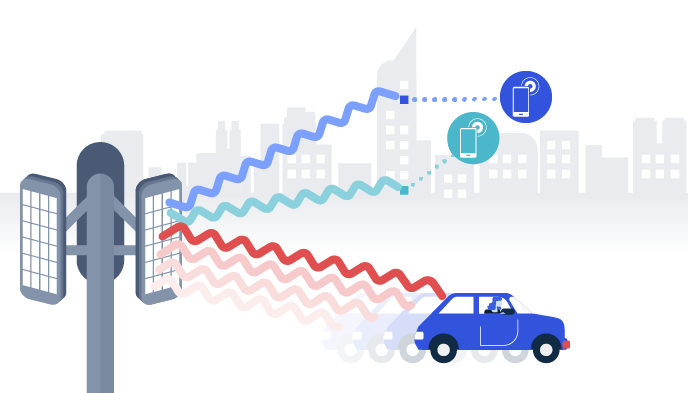5G FR2 Coverage and Penetration
5G in the 24GHz, 26GHz, 28GHz range and above (also called millimeter wave, or mmWave bands) uses higher frequencies than 4G. As a result, these high frequency 5G signals are not capable of traveling large distances (over a few hundred meters), unlike 4G or lower frequency 5G signals (sub 6 GHz) so penetration and hence coverage are lower.
This higher frequency therefore requires placing 5G base stations every few hundred meters in order to use higher frequency bands.
5G FR2 mmWave Penetration
Also, these higher frequency 5G signals cannot penetrate solid objects easily, such as cars, trees, and walls, because of the nature of these higher frequency electromagnetic waves. 5G cells can be deliberately designed to be as inconspicuous as possible, which finds applications in places like restaurants and shopping malls.

| Cell types 5G NR FR2 | Deployment environment | Max. number of users | Output power (mW) | Max. distance from base station |
|---|---|---|---|---|
| Femtocell | Homes, businesses | Home: 4–8 Businesses: 16–32 | indoors: 10–100 outdoors: 200–1000 | 10s of meters |
| Pico cell | Public areas like shopping malls, airports, train stations, skyscrapers | 64 to 128 | indoors: 100–250 outdoors: 1000–5000 | 10s of meters |
| Micro cell | Urban areas to fill coverage gaps | 128 to 256 | outdoors: 5000−10000 | few hundreds of meters |
| Metro cell | Urban areas to provide additional capacity | more than 250 | outdoors: 10000−20000 | hundreds of meters |
| Wi-Fi (for comparison) | Homes, businesses | less than 50 | indoors: 20–100 outdoors: 200–1000 | few 10s of meters |
Challenges for 5G Coverage:
Transmissions in mmWave bands suffer from significantly higher path loss and susceptibility to blockage. In addition, mmWave RF complexity makes meeting the cost and power constraints of mobile devices extremely challenging, which is why mmWave for mobile communications has historically been not feasible—until now. 5G NR mmWave is changing this.
Uses for 5G mmWave
While the initial focus for mobile operators is to quickly expand network capacities by starting deployments of 5G NR mmWave in existing dense urban markets, there are even more opportunities for mmWave beyond traditional macro networks. One area of interest is to bring mmWave indoors to address the exploding demand of fiber-like wireless broadband access in crowded venues, such as convention centers, concert halls, and stadiums. These venues have traditionally been challenged with limited network capacity, thereby constrained with the quality of service (e.g., slow speeds and unreliable connectivity) they can deliver. With mmWave’s significantly wider bandwidth and high spatial multiplexing gains, mobile operators and service providers could rapidly make multi-Gigabit, low-latency connectivity available to a large number of users.
Another exciting opportunity for mmWave is for private indoor enterprises, including offices, shop floors, meeting rooms and more. Imagine having virtually unlimited capacity and fiber-like wireless connectivity for your devices at work, no matter if it’s a smartphone, tablet, laptop, or mobile extended reality (XR). For these indoor deployment scenarios, we have also performed extensive study to show that significant coverage (i.e., >90%) and multi-Gbps median speeds can be achieved simply by co-siting mmWave small cells with existing LTE or Wi-Fi access points.
For Further Information
If you are interested in 5G Deployment Solutions:
Please Contact Us

